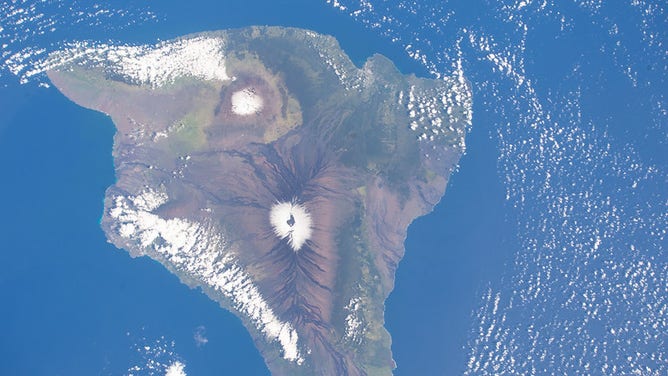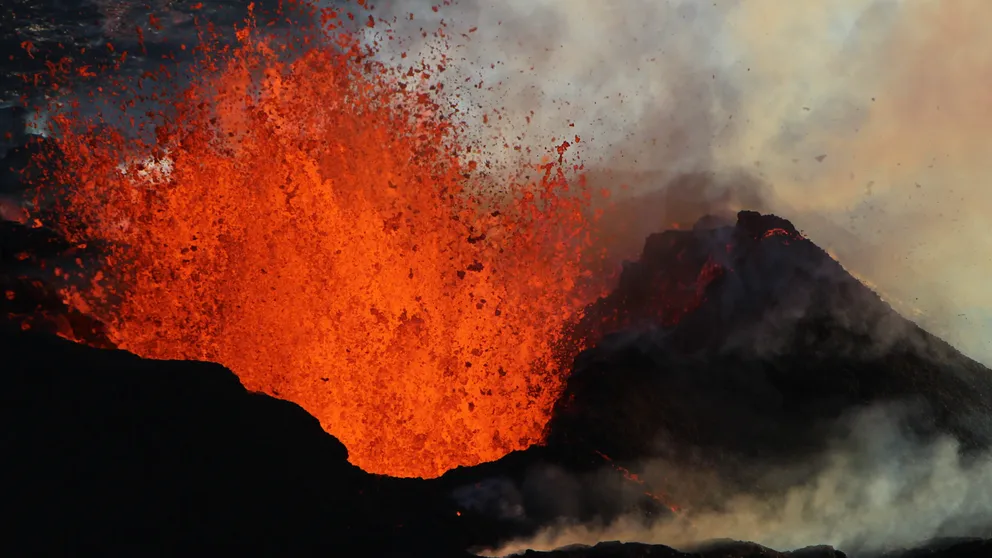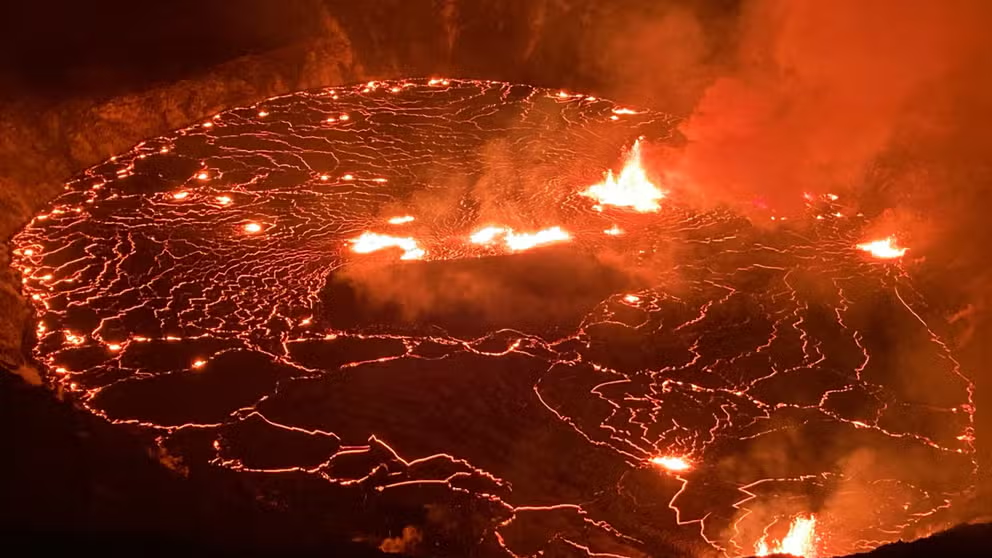Underground secrets of Hawaii’s most notorious volcanoes are believed to be connected
Scientists say magma chambers for Mauna Loa and Kīlauea may be interconnected deep underground, and the complex system of chambers underneath Hawaii's Big Island could be responsible for many earthquake swarms since 2018.
Mauna Loa eruption: See all of the most incredible volcano footage
The eruption of Mauna Loa, the world’s largest active volcano, began on November 27, after remaining quiet for nearly 40 years.
Two active volcanoes and thousands of earthquakes on Hawaii’s Big Island may have more similarities than what meets the eye after a recently released study revealed the possibility that deep underground magma chambers are connected, leading to a revolutionary understanding of how the Earth works.
The Hawaiian Islands are some of the most monitored and well-researched volcanic regions on Earth, and geoscientists from the California Institute of Technology had their eyes on the archipelago during historical events that included a massive swarm of earthquakes and simultaneous eruptions.
Authors believe the Pāhala swarm may be the most substantial event observed by any seismic network and may hold clues as to how magma flows into Mauna Loa and Kīlauea.
Both volcanoes were active with eruptions as late as December 2022 when researchers believe chambers known as "sills" filled with molten rock.
"Before this study, we knew very little about how magma is stored and transported deep beneath Hawaii. Now, we have a high-definition map of an important part of the plumbing system," John Wilding, a Caltech graduate student and co-lead author of the study, said in a statement.

Hawaii's Big Island is home to more than a dozen volcanoes,
(NASA)
WATCH A VOLCANO ERUPT OUTSIDE OF ICELAND’S CAPITAL
Caltech researchers said data from seismometers on the Big Island helped the team compose a model similar to a medical CT scan that produced a 3-D illustration of the chambers.
The chambers make up what is known as the Pāhala sill complex, which is located more than 20 miles below the surface and could serve as the primary magma source for Kīlauea and Mauna Loa.
"Our results suggest that many neighboring volcanoes might have more extensively connected magma systems than has previously been appreciated," the study authors wrote.
Kilauea volcano erupting on Hawaii's Big Island
For the first time since May, Hawaii's Kilauea volcano started erupting Wednesday afternoon.
Researchers said it is still unclear how many other features in the world coexist with shared plumbing and what the ramifications are for both eruptions and associated earthquakes.
"Hawaii is the best-monitored island in the world, with dozens of seismic stations giving us a window into what’s going on beneath the surface. We have to wonder, at how many other locations is this happening," said Wilding.
The U.S. Geological Survey estimates there are about 1,350 active volcanoes worldwide, with only around 500 that are documented to have erupted.
Geoscientists are planning to deploy additional sensors in 2023 to monitor seismic events, with the goal of understanding how the volcanic activity and the threats posed by these giant lava-producing features.

